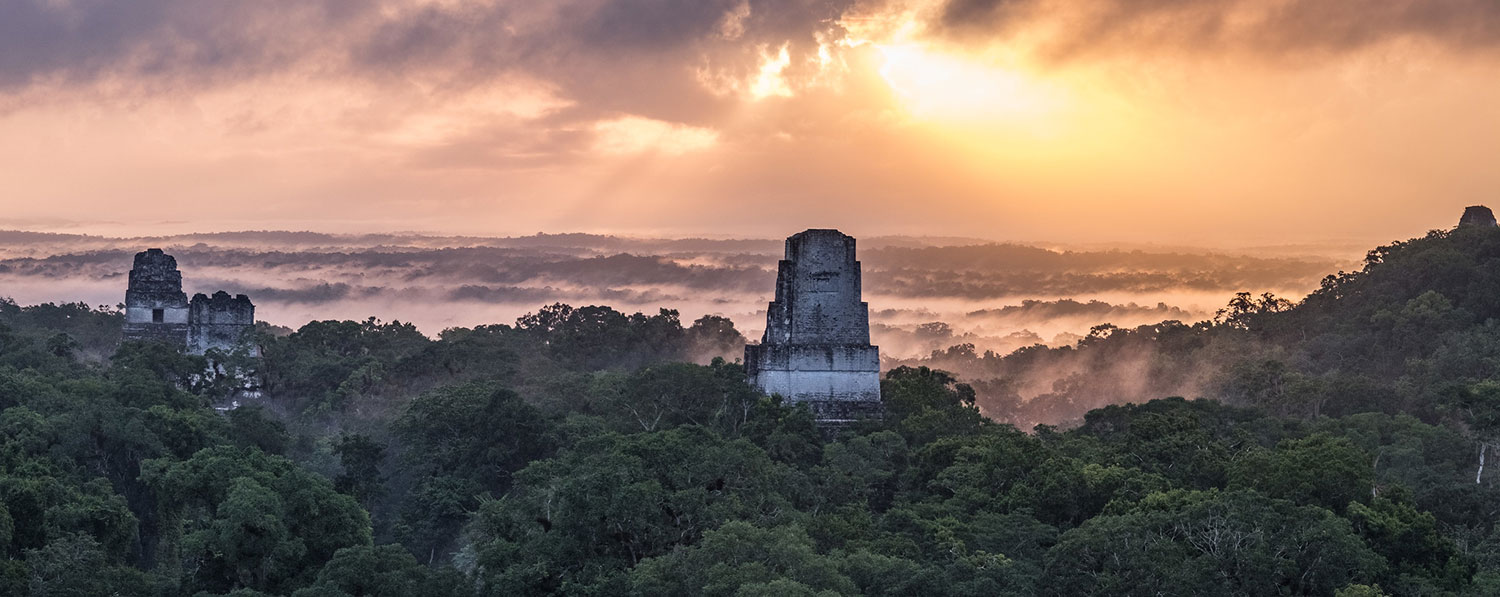Evidence
QUICK ACCESS:
Integration in Action: Case Studies
BRIDGE developed a series of case studies that identify institutional enabling conditions for biodiversity integration. The case studies provide recommendations and share lessons learned on strategic planning and design, implementation, and monitoring and evaluation.
In addition, BRIDGE ran a Biodiversity Integration Case Study Competition to capture field-level learning on biodiversity integration at USAID. The case study competition sought examples of biodiversity integration across a range of sectors, from biodiversity programming with other sector development outcomes to health or food security programming with biodiversity outcomes. BRIDGE is working with the winners to refine cases to share with USAID, partners and the public.
Biodiversity Integration Case Study Competition Winners
Ecosystem-based Adaptation
Ecosystem-based adaptation (EbA) is a nature-based method for climate change adaptation that enhances resilience through improved management and conservation of ecosystems. EbA can be an effective strategy alone or as part of broader national, regional and community adaptation plans. BRIDGE produced a series of evidence summaries and project case studies on how EbA addresses a range of climate vulnerabilities.
Wild-Caught Fisheries
Wild-caught fisheries represent a $500 billion global industry, supporting an estimated 3 billion people who rely on fish for a substantial part of their animal protein intake. BRIDGE developed a report that provides an analysis of evidence, case examples and recommendations for investing in wild fisheries management as a biodiversity conservation, food security and nutrition strategy in Africa.
- The Role of Wild-caught Fisheries in African Development
- 5 Facts About Wild-Caught Fisheries in African Development
Forests and Human Well-being
Forests provide essential ecosystem services and goods that support human well-being including wild foods, clean air and water, protection from extreme weather events and natural medicines. BRIDGE supported a research collaboration with the Gund Institute at the University of Vermont to analyze linkages between forest cover and children’s diets in more than 43,000 households across 27 developing countries. The analysis found that forests could play an important role in improving dietary diversity and reducing vitamin A and iron deficiencies.
Sustainable Landscapes and Biodiversity Conservation
Integrating biodiversity and sustainable landscapes (SL) objectives in development programming offers an opportunity to jointly address threats and drivers of biodiversity, forest loss and land degradation. Integration can also advance sustainable, resilient and inclusive programming. BRIDGE is developing a resource to help USAID staff in Washington and missions better understand when integration leads to improved outcomes for both biodiversity and SL programming, and situations in which integration may not make sense.



